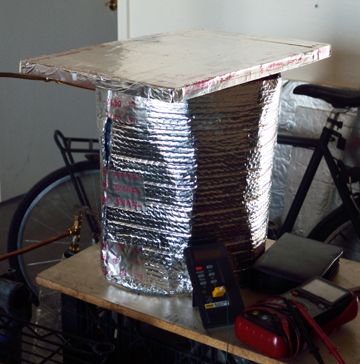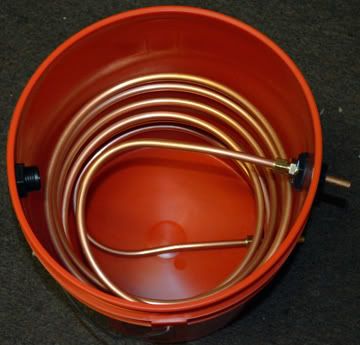CLAY catalyst
Hello IMBD;
I would like to know the boiling range liquid fuel range of both theClays .
I guess you will get more of the furnace oil/kerosene range fuel .

Originally posted by imakebiodiesel
View Post
I would like to know the boiling range liquid fuel range of both theClays .
I guess you will get more of the furnace oil/kerosene range fuel .




Comment